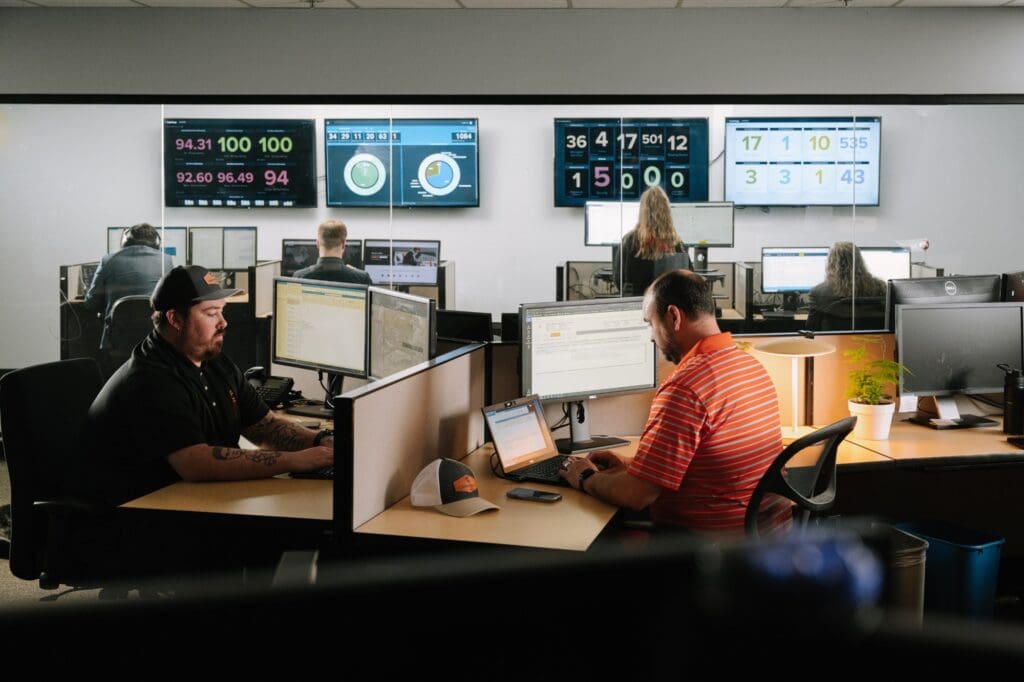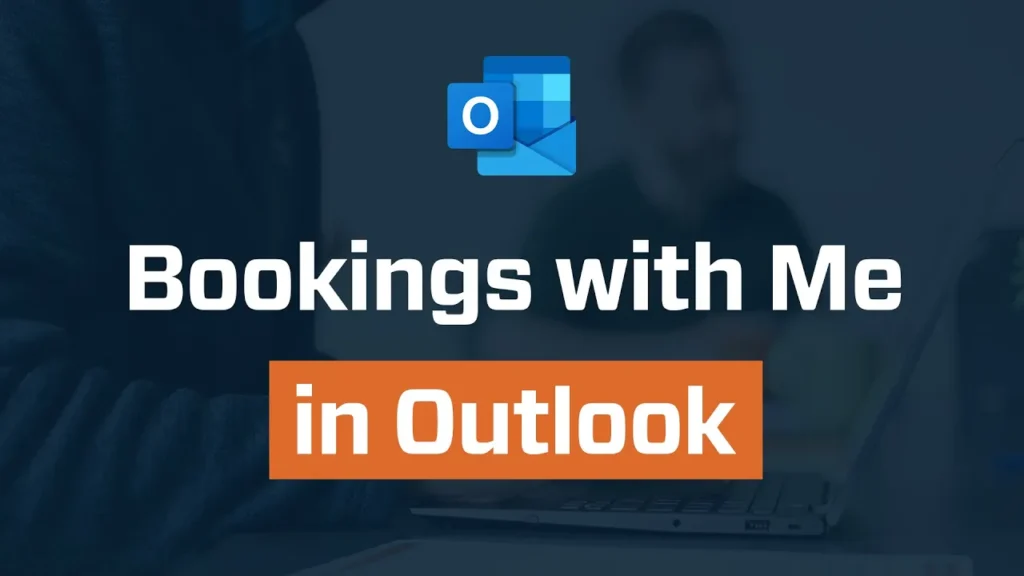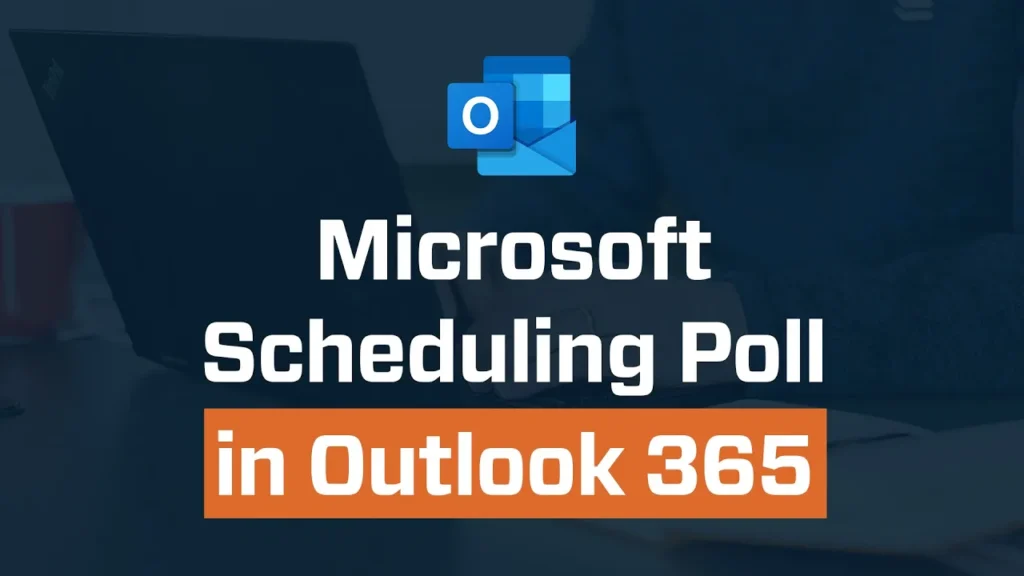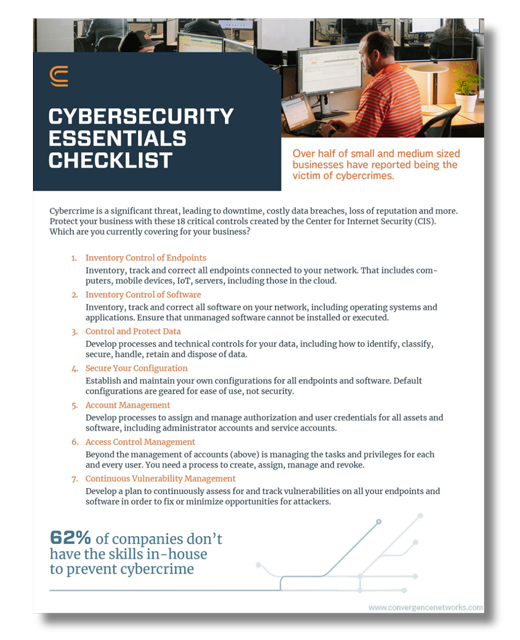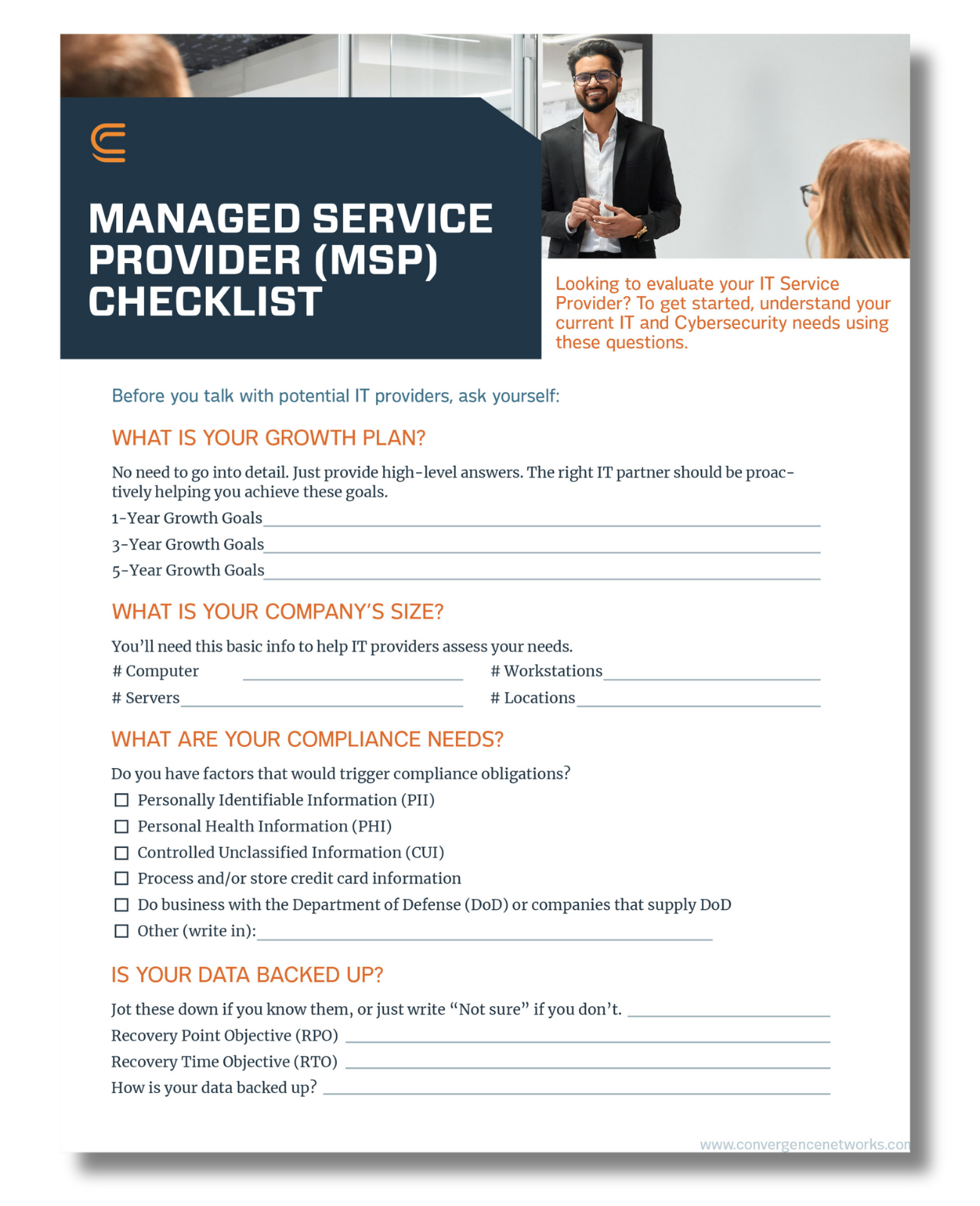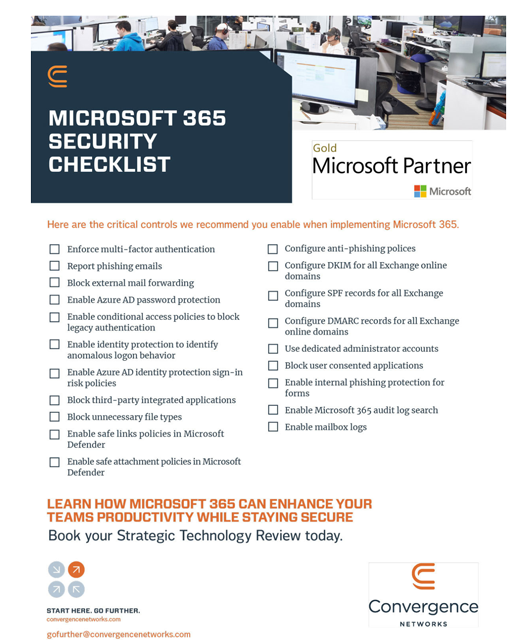Phishing is the primary method for cyber attacks, and newer, more sophisticated phishing methods are in continual development. The latest threat to your business comes via reply chain phishing attacks.
Learning about the latest innovations in phishing is important, both for you and for your company. Successful phishers can steal financial and personal information, which is why cyber security is critical for remote workers in their day-to-day work.
Here’s what you need to know about reply chain phishing attacks.
What are Reply Chain Phishing Attacks?
We’ve all heard of regular phishing attacks, where a bad actor sends a questionable-looking email with a link to malware or a malicious attachment. But reply chain phishing attacks are much more subtle.
In reply chain phishing attacks, a phishing email hides within a reply chain email. This sneaky tactic catches many coworkers off guard since it operates with an existing reply chain, rather than a brand-new message like the usual phishing suspects.
When corresponding with co-workers, known associates, or other vendors, you may not always be on the lookout for phishing attempts. With this novel method, it’s important to know how hackers gather your information from these attacks and what to do to avoid falling for the scam.
How Cybercriminals Perpetrate Reply Chain Phishing Attacks
Now that you know what reply chain phishing attacks are, here’s how cybercriminals gain access to your most private and secure information to perpetrate these attacks.
When a person on the email reply chain has been hacked, their account creates an opening for phishing. Cybercriminals can gain trust and then send along a link that leads to a malicious phishing site by using a recognizable email within the chain.
Reply Chain Phishing Attacks Are Increasing – Here’s Why
These phishing attacks are increasing now more than ever because they’re incredibly effective. Once a hacker is in the reply chain, they can provide an almost seamless segue into the conversation and have preexisting trust by posing as someone within your organization.
Cybercriminals may examine the previous emails and notice how the conversation has been focused around a new software or product offering. They then add their malicious link into the reply chain emails. It’s very easy for many to fall victim to the business in this email chain because of its convincing nature.
Your Business Email Isn’t Necessarily Safe
Business emails are prone to hacking due to human error via data breaches and/or weak or unsecured passwords. Credential theft is a large factor in why cybercriminals target businesses and their staff’s accounts. This sensitive information can be used or sold for their gain.
Now that you’ve become more informed about how reply chain phishing attacks work, you may be asking, “How can I protect my business email and my company?”
How to Prevent Reply Chain Phishing Attacks
1. Increase Staff Awareness
Train your coworkers on what reply chain phishing attacks are and how to look for potential signs that one of their coworkers, or perhaps even their email, has been hacked. One of the ways to spot a phishing attempt is through text. Simple errors or language that may be “off” in an email chain give cybercriminals away. Have a training program or set aside time for a security expert to speak with everyone on staff.
2. Routinely Update Your Technology
When your computers are operating off of an old system, they become more vulnerable. By regularly scheduling and implementing updates, you’re helping to prevent cybercriminals from taking advantage of whatever vulnerabilities may have been in your existing system.
New updates ensure better cybersecurity, meaning you’re less likely to fall victim to a cyberattack.
3. Use Multi-Factor Authentication
Even if a cybercriminal has access to your login credentials, multi-factor authentication can keep them out. Whether you use two- or three-step factors, such as sending a verification code or asking a security question, this simple step keeps your emails and systems more secure.
Use multi-factor authentication wherever it’s provided to mitigate security risks.
4. Be Wary of Email Attachments
Look carefully at any email attachment before opening it, even if it seems like it arrived from a trusted source. Most email systems will flag content that seems malicious. However, reply chain phishing attacks are harder to detect when it comes from a known or trusted email address.
You can take extra care with links by scanning them for viruses first.
5. Try Out Password Managers
By using a business password manager, you provide your employees with a secure place to safely keep track of their passwords. Passwords that are reused across accounts or that are weak make accounts especially susceptible to cyberattacks.
As a bonus, the tool can help generate stronger, more unique passwords, further buffing your email security and other necessary business software.
6. Establish Sign-In Alerts
Sign-in alerts ping your desktop computer, phone, or other devices any time a login attempt occurs. When you receive a notification about an unauthorized login or an attempt to access from an unknown location, you can corroborate with your team if any of them tried to access important files. If it wasn’t someone on your team, you can deny the login attempt and protect your account.
Each of these notifications immediately gives you an advanced warning so your account isn’t lost or compromised.
Choose the Right Cybersecurity Experts
Implementing the best cybersecurity measures at your company doesn’t have to be an intimidating task. If you and your staff are aware of reply chain phishing attacks and are actively looking for them, you should be protected. If you’re looking for more cybersecurity guidance, look no further. Contact us to help prevent cyber attacks.
